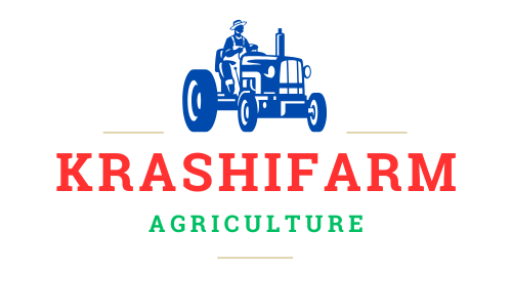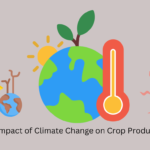Best Crops for Dryland Farming
Introduction
Dryland farming is a method of agricultural production in regions with limited water availability. It relies on moisture conservation, drought-resistant crops, and efficient land management techniques. Selecting the right crops is crucial to maximizing yields and ensuring sustainability in arid and semi-arid regions.
Characteristics of Ideal Dryland Crops
- Drought Resistance – Ability to survive long dry periods.
- Deep Root Systems – Extract moisture from deeper soil layers.
- Short Growth Cycles – Reduce water dependency.
- Heat Tolerance – Withstand high temperatures.
- Efficient Water Use – Minimal transpiration loss.
Top Crops for Dryland Farming
- Sorghum
- High drought tolerance and minimal water requirements.
- Used for food, fodder, and biofuel production.
- Thrives in semi-arid and arid climates.
- Millets (Pearl, Foxtail, Finger Millets)
- Short growing cycle and heat resistance.
- Adapted to sandy and nutrient-poor soils.
- Nutrient-rich grains beneficial for human health.
- Cowpeas
- Nitrogen-fixing legume that improves soil fertility.
- Drought-tolerant and protein-rich crop.
- Used for human consumption and livestock feed.
- Chickpeas
- Thrives in dry and sandy soils.
- Requires little irrigation and enhances soil quality.
- High in protein, making it a valuable food crop.
- Lentils
- Low water requirement with nitrogen-fixing properties.
- Suitable for rotation with other dryland crops.
- Used in soups, stews, and protein supplements.
- Sunflower
- Deep root system helps access underground moisture.
- Heat-tolerant and requires minimal irrigation.
- Valued for edible oil and livestock feed.
- Pigeon Peas
- Long-rooted crop that survives dry spells.
- Nitrogen-fixing legume improves soil health.
- Used as a food crop and animal feed.
- Quinoa
- Grows in poor soils with low water requirements.
- High protein content and essential amino acids.
- Tolerant to temperature fluctuations.
- Teff
- Thrives in semi-arid conditions with minimal water.
- Used for making traditional flatbreads.
- Grows well in poor, well-drained soils.
- Cassava
- Drought-resistant root crop that stores moisture.
- Tolerates poor soil and long dry periods.
- Staple food for millions in tropical dry regions.
Table: Comparison of Best Dryland Farming Crops
| Crop | Water Requirement | Soil Preference | Primary Use |
|---|---|---|---|
| Sorghum | Low | Sandy, Loamy | Food, Fodder, Biofuel |
| Millets | Very Low | Poor, Sandy | Food, Forage |
| Cowpeas | Low | Well-drained | Food, Animal Feed |
| Chickpeas | Low | Sandy, Loamy | Food, Soil Improvement |
| Lentils | Low | Loamy, Clay | Food, Crop Rotation |
| Sunflower | Moderate | Well-drained | Oil, Feed |
| Pigeon Peas | Very Low | Sandy, Loamy | Food, Fodder |
| Quinoa | Low | Saline, Rocky | Food, High Nutrition |
| Teff | Very Low | Well-drained | Food, Flour |
| Cassava | Moderate | Poor, Dry | Food, Starch |
Challenges of Dryland Farming
- Unpredictable Rainfall – Requires water conservation techniques.
- Soil Erosion – Proper land management and cover crops needed.
- Low Organic Matter – Requires organic amendments.
- Pest and Disease Pressure – Drought stress increases vulnerability.
- Market Access – Limited infrastructure in dryland regions.
Sustainable Dryland Farming Practices
- Mulching: Reduces evaporation and maintains soil moisture.
- Contour Farming: Prevents soil erosion and conserves water.
- Drought-Resistant Varieties: Adoption of climate-resilient crops.
- Intercropping: Enhances biodiversity and soil fertility.
- Rainwater Harvesting: Maximizes water availability for crops.
Conclusion
Choosing the right crops for dryland farming is essential for sustainable agricultural success. By integrating resilient crop varieties with effective soil and water conservation practices, farmers can ensure long-term productivity even in water-scarce regions. Investing in research and support for dryland agriculture will be key to addressing food security challenges in arid areas.



